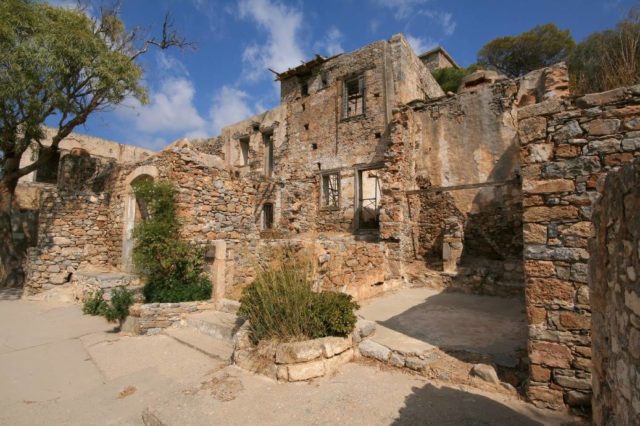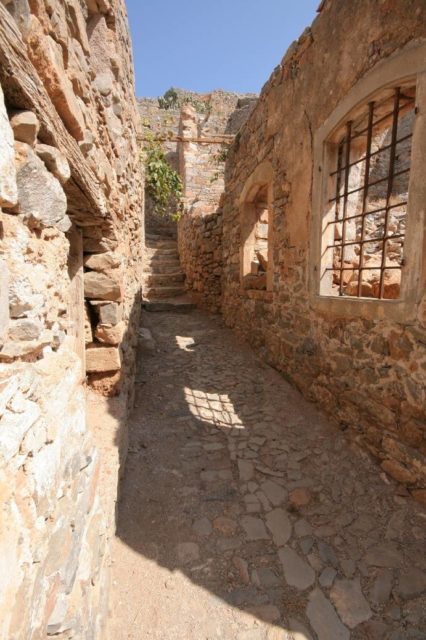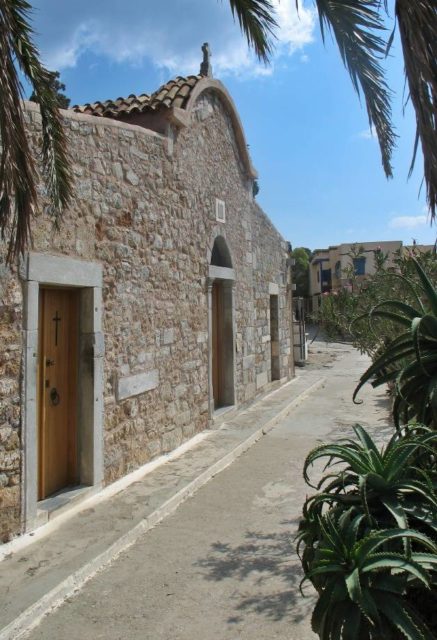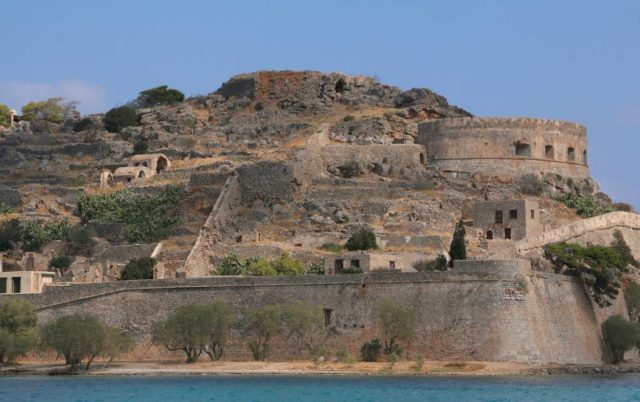The island of Spinalonga sits in the Gulf of Elounda and has an area of 8.5 hectares (21 acres). The nearest village is Plaka in Crete.
The island’s name comes from the Venetian words spina (thorn) and longa (long), but today the island is often referred to as Kalydon, its official Greek name.
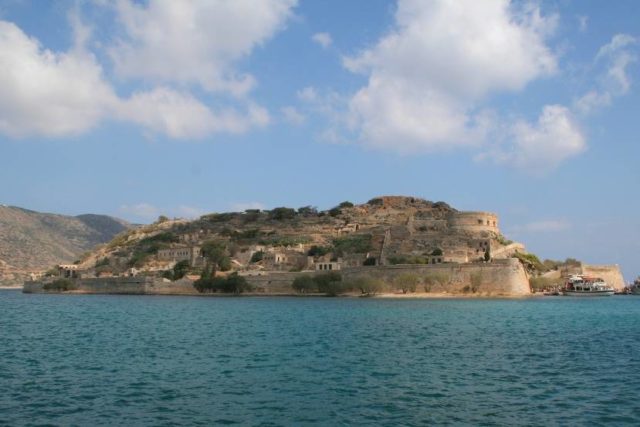
Historical evidence shows that in the middle of the 16th century, the Venetians decided to turn this island into a fortress.
From the 15th century, the Venetians had occupied this deserted island and created salt-pans in the gulf. This brought more inhabitants to the island but it also drew the attention of pirates who made constant raids.
Consequently, the Venetians asked engineer Genese Bressani to design the fortifications for the island.
So it was that, in 1579, a powerful fortress was built on Spinalonga on the ruins of an ancient acropolis. These fortifications were added to in 1584 to protect the island from both coastal attacks and land attacks.
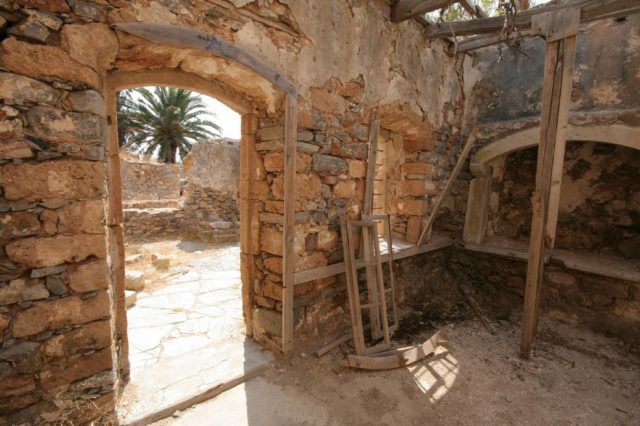
In 1669, the Ottoman Empire captured the whole Crete from the Venetians. However, the Venetians managed to keep control of Spinalonga. The Ottomans didn’t forget about the island and they finally managed to take it over in 1715, during the last Ottoman-Venetian War.
The Turks maintained a presence there until the early 1900s.
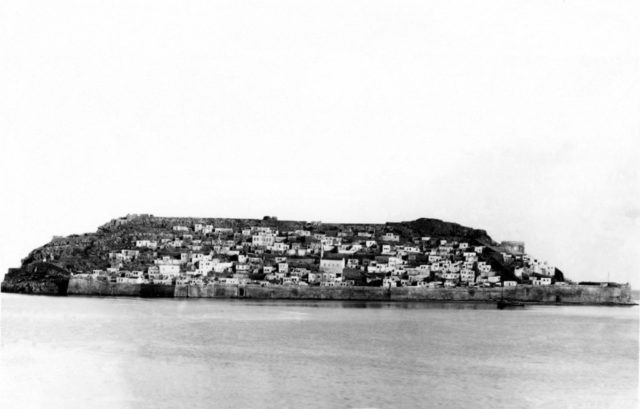
After the Turks left, the island of Spinalonga was turned into an isolated community where leprosy patients were sent. Leprosy causes ulcers on the skin and also affects the nervous system. At the time, there was no cure for such an illness and sufferers were deemed outcasts by society.
In 1903, a proper leper colony was built on this island. In 1913, when Crete officially became part of Greece, many sick people from all over the country were sent to Spinalonga.
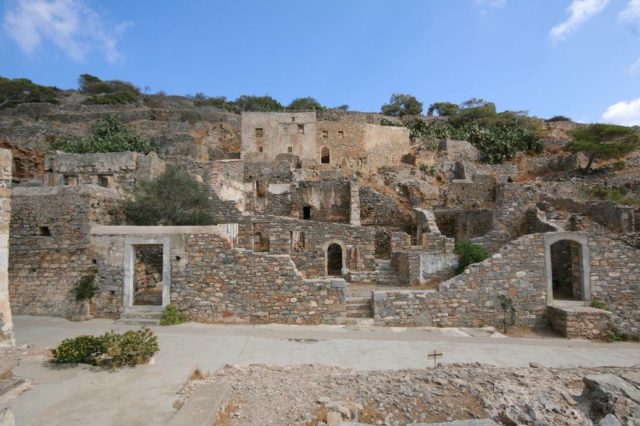
At its peak in 1933, the leper colony amounted to about 1,000 patients. Nobody treated the patients on the island, because they did not know how to. Food was delivered by boat.
A doctor from Plaka visited the island only if a patient had another disease that needed attending. There were instances where women might give birth to a perfectly healthy child on the island, and the child was taken away and sent to an orphanage in Crete.
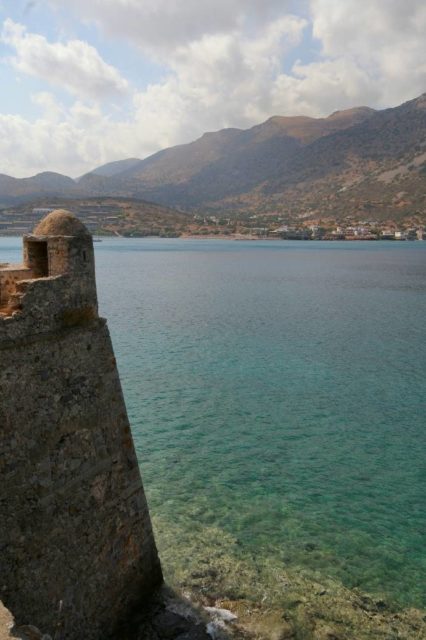
Conditions on Spinalonga remained pretty dire until 1936 when Epaminondas Remoundakis, a law student from Athens, was diagnosed with leprosy and sent to the island. Once there, he formed the Brotherhood of the Sick of Spinalonga, an organization that worked to improve the living conditions on the island.
As a result of his efforts, some sense of order was established on the island as well as a church, school, and cafe. Sometimes musical concerts were even held among the inhabitants of the island. Having traditionally been stripped of all money and possessions, the residents were now able to run their own businesses and marry.
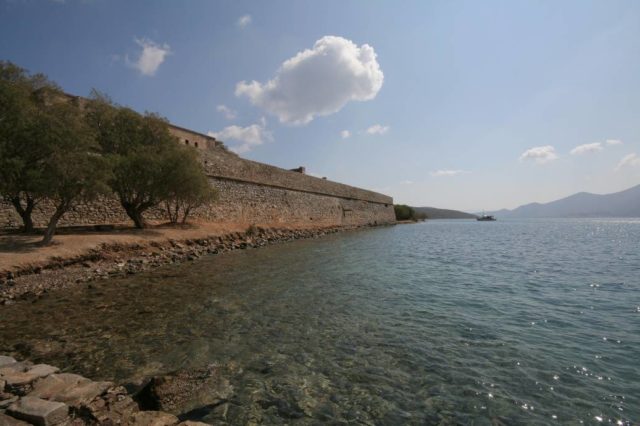
In 1938, much of the encircling wall was demolished so that residents could walk around the island and have some semblance of freedom.
Despite the fact that a cure for leprosy appeared in 1948, the leper colony did not close that year. Instead, the government left the island in its working condition right up to 1957. Spinalonga’s closure was facilitated by a British expert who visited the island in 1957 and condemned the state for not providing the right treatment.
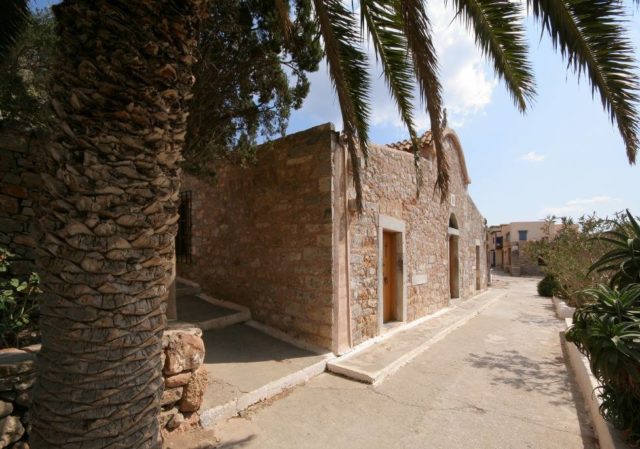
The final resident to leave the island in 1962 was a Greek Orthodox priest. He’d wanted to stay there so that he could carry out the tradition of commemorating the dead up until five years after their death.
After the colony was closed, the government destroyed all records relating to patients there.
Spinalonga Island was forgotten for several decades, but came back to the attention of the word in the 1980s when British writer Victoria Hislop wrote a historical book named The Island that uses Spinalonga as a setting.
Over a million copies of the book were sold and it even won the Galaxy British Book Awards. After that, tourists began to visit Crete in order to explore the former colony. Over time, this place has become a popular tourist attraction.
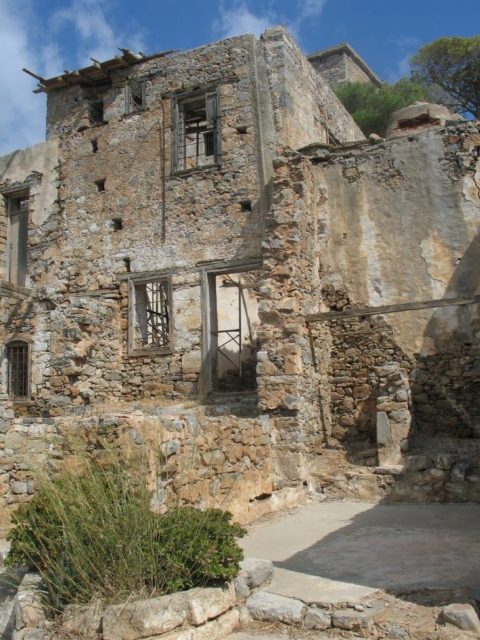
Some buildings on the island were restored in order to create shops and cafes for tourists there. The island can be reached from nearby villages by ferry, and it is currently under consideration to become a World Heritage Site.
Perhaps the most interesting ruin is the fortress itself. But there is also an ancient church dating from the time the Venetians held the island, and a small cemetery nearby. A memorial plaque was installed near the entrance to the cemetery.
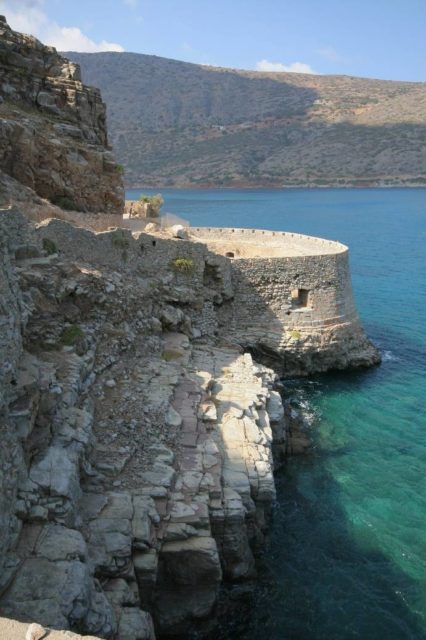
The island also appeared in the 1968 short film Last Words by Werner Herzog and in the Greek TV series To Nisi (The Island) by Theo Papadoulakis, based on Hislop’s book.
Paul Lakin is a photographer who lives in Kingston Upon Hull, UK. Paul has provided us with these beautiful photographs of Spinalonga Island from his visit there! A big thank you to him and check his Flickr account for more amazing locations.
